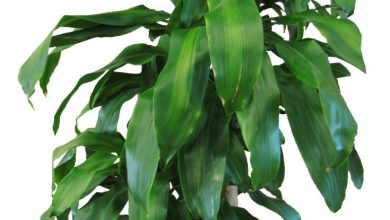Eat from the Garden: Kew on a Plate Kitchen Garden
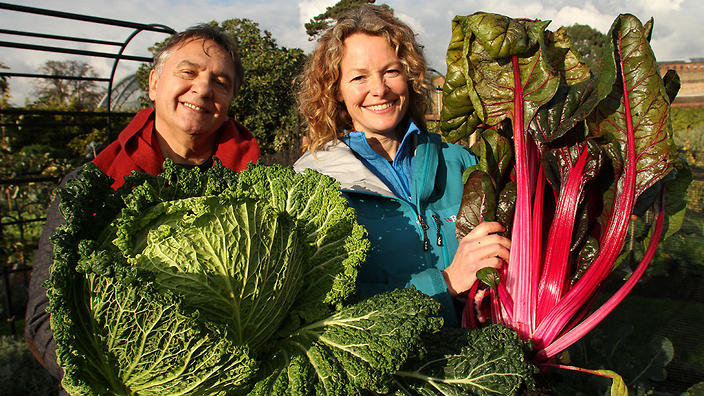
Hello everyone! Today we continue the adventure that we started with the article « KEW GARDENS: Horticulture and Nature in London «, where we talked about this magnificent London botanical garden and its affinity with horticulture. Next, I am going to introduce you to one of the orchards that we find in Kew Gardens: Kew on a Plate Kitchen Garden, an orchard that is located in a place where horticultural products consumed by the British Royal Family were grown some time ago. Today, an abundant range of fruits and vegetables can be seen growing throughout the various seasons of the year. Are you going to miss it?
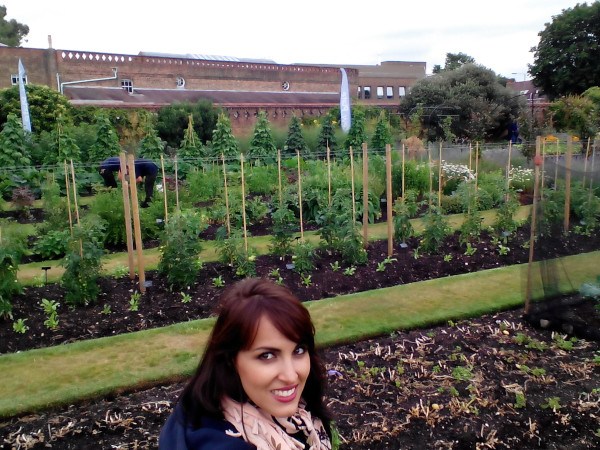
An orchard with a REAL story
A vegetable garden is not something new in Kew Gardens, as this place provided fruit and vegetables to the British Royal Family since the 18th century, such as Princess Augusta or King George III. At one point, it was home to 14 acres of orchards growing everything from carrots to cucumbers to fruits like strawberries and pineapple. The last queen to enjoy these edible gardens was Queen Victoria.
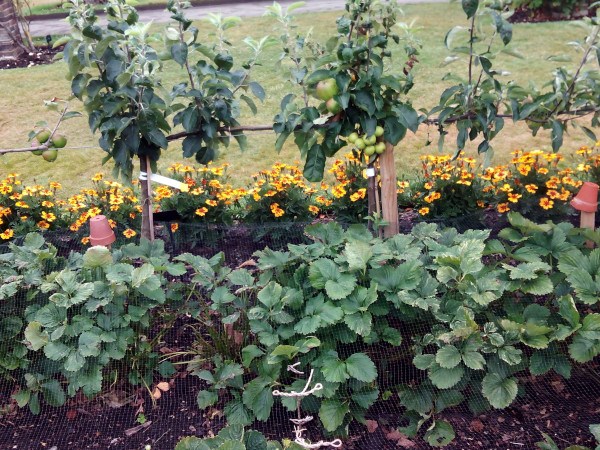
Today, a wonderful team has created an orchard that serves as a showcase for multiple varieties of fruits and vegetables, selected for their maximum flavor, and that provide ripe products of great interest throughout the four seasons of the year.

Kew on a Plate: A Television Garden
During the spring of 2015, the BBC2 channel broadcast a series of programs inspired by the cultivation and cooking of the heritage of fruits and vegetables from this orchard. Kew On A Plate (or “Kew on the plate”, in Spanish) uncovers the fascinating history of fruit and vegetables in Great Britain by exploring and reinventing the cuisine of these products. Hosted by two-Michelin-starred chef Raymond Blanc, this series follows farming from seed to plate and provides great ideas for cooking the produce we pick from the garden.
In these programmes, Raymond explores how the plants in question came to the UK, usually by intrepid plant hunters, how they developed and how they spread and eventually came to conquer the plates of British families.
In addition, the gardeners of Kew Gardens offer us in each chapter some advice and their experience on the cultivation of these products of the land, some as common in our gardens as carrots, potatoes or peas, and others not so much, such as rhubarb or gooseberry.
Kew On a Plate Fruits and Vegetables
In this organic garden, up to 250 varieties of 50 different crops are grown, which are chosen by chef Raymond Blanc for their special flavor.
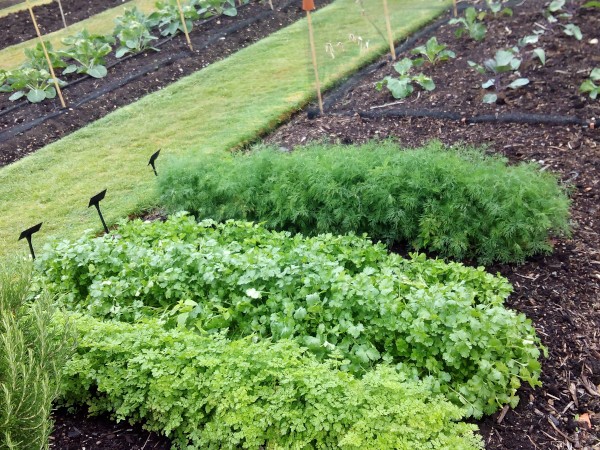
In spring, life bursts into the garden, with the first asparagus tips and the first crop of new potatoes. The orchard also showcases fresh young peas, spring spinach and vibrant pink and green from rhubarb. During the summer, there is an abundant variety of ripe fruits and vegetables. Juicy strawberries, numerous carrot varieties (including those that are purple and yellow), succulent currants, garlic, and French beans. Fall is a time to feast on the beet harvest, gorgeous pumpkins for Halloweenand juicy apples. It’s also the season to enjoy sweet red and yellow tomatoes, ripened by the late summer sun, and to harvest golden onions. Immaculate rows of cruciferous will be the main element during the winter. The garden will include broccoli, winter cabbage, kale, Brussels sprouts, and turnips. Winter is also the time to see leeks, Jerusalem artichokes, and winter radish.
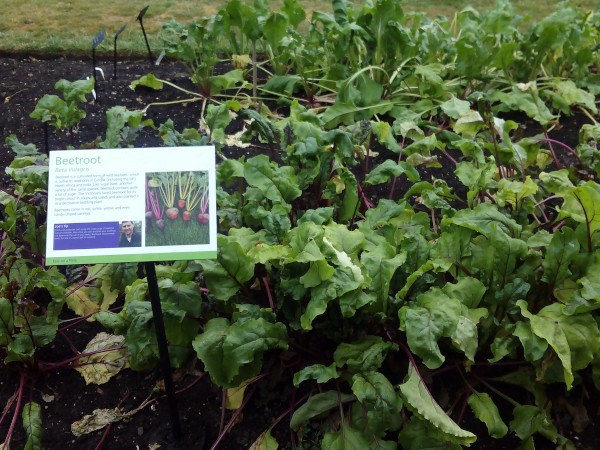
What I saw on my visit to Kew on a Plate Kitchen Garden
During my visit to Kew on a Plate Kitchen Garden I was able to see a large number of different crops and varied techniques, all agroecological. Some of the crops I was able to see included strawberries, beans, sunflowers, squash, zucchini, beets, some green leafy vegetables such as lettuce or Swiss chard, and a wide variety of aromatic herbs. I was also able to see a harvest of onions on the ground that looked very good. Surely the chef cooked an exquisite dish with them!
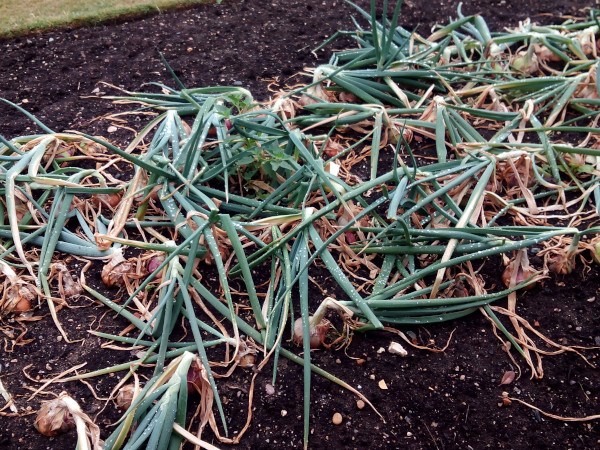
To prevent the birds that roamed the place from eating the fruits, they used different types of metal mesh that prevented the birds from accessing the plants. To drive away pests, they used plants such as lavender or calendula around the flower beds, and they practiced biological control through the use of ladybugs, excellent predators of insects, such as aphids.
I noticed that trellising was very common, which also helped to maintain a magnificent appearance of the orchard, in addition to the excellent work of its gardeners, who work overtime to keep the orchard in the best conditions.
That is all for today. I hope that the article has been of your interest and see you in the next one. Greetings to all Agrohuerters!

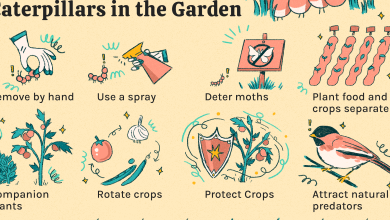

![Photo of Plant The Poinsettia in Your Garden: [Complete Step-by-Step Guide]](https://www.complete-gardening.com/wp-content/uploads/2022/08/plant-the-poinsettia-in-your-garden-complete-step-by-step-guide-390x220.jpg)
